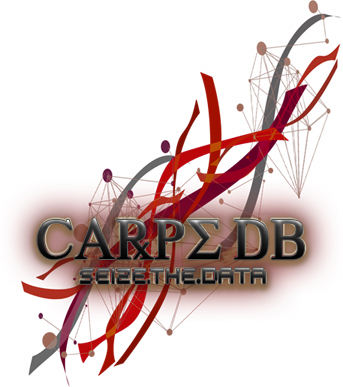
Electroconvulsive therapy (ECT) remains the treatment of choice for drug-resistant patients with depressive disorders, yet the mechanism for its efficacy remains unknown. Gene transcription changes were measured in the frontal cortex and hippocampus of rats subjected to sham seizures or to one or 10 electroconvulsive seizures (ECS), a model of ECT. Among the 3,500-4,400 RNA sequences detected in each sample, ECS increased by 1.5 to 11-fold or decreased by at least 34% the expression of 120 unique genes. The hippocampus produced more than three times the number of gene changes seen in the cortex, and many hippocampal gene changes persisted with chronic ECS, unlike in the cortex. Among the 120 genes, 77 have not been reported in prior studies of ECS or seizure responses, and 39 were confirmed among 59 studied by RT-PCR. Another 19 genes, 10 previously unreported, changed by less than 1.5-fold but with very high significance. Multiple genes were identified within distinct pathways, including the BDNF/MAP kinase/cAMP/CREB pathway (15 genes), the arachidonic acid pathway (5 genes), and over 10 genes in each of the immediate-early gene, neurogenesis, and exercise response gene groups. Neurogenesis, neurite outgrowth, and neuronal plasticity associated with BDNF, glutamate, and cAMP/PKA signaling pathways may mediate the antidepressant effects of ECT in humans. These genes, and others that increase only with chronic ECS, such as neuropeptide Y and TRH, may provide novel ways to select drugs for the treatment of depression and mimic the rapid effectiveness of ECT.
[Full Text] [Submit Annotation]